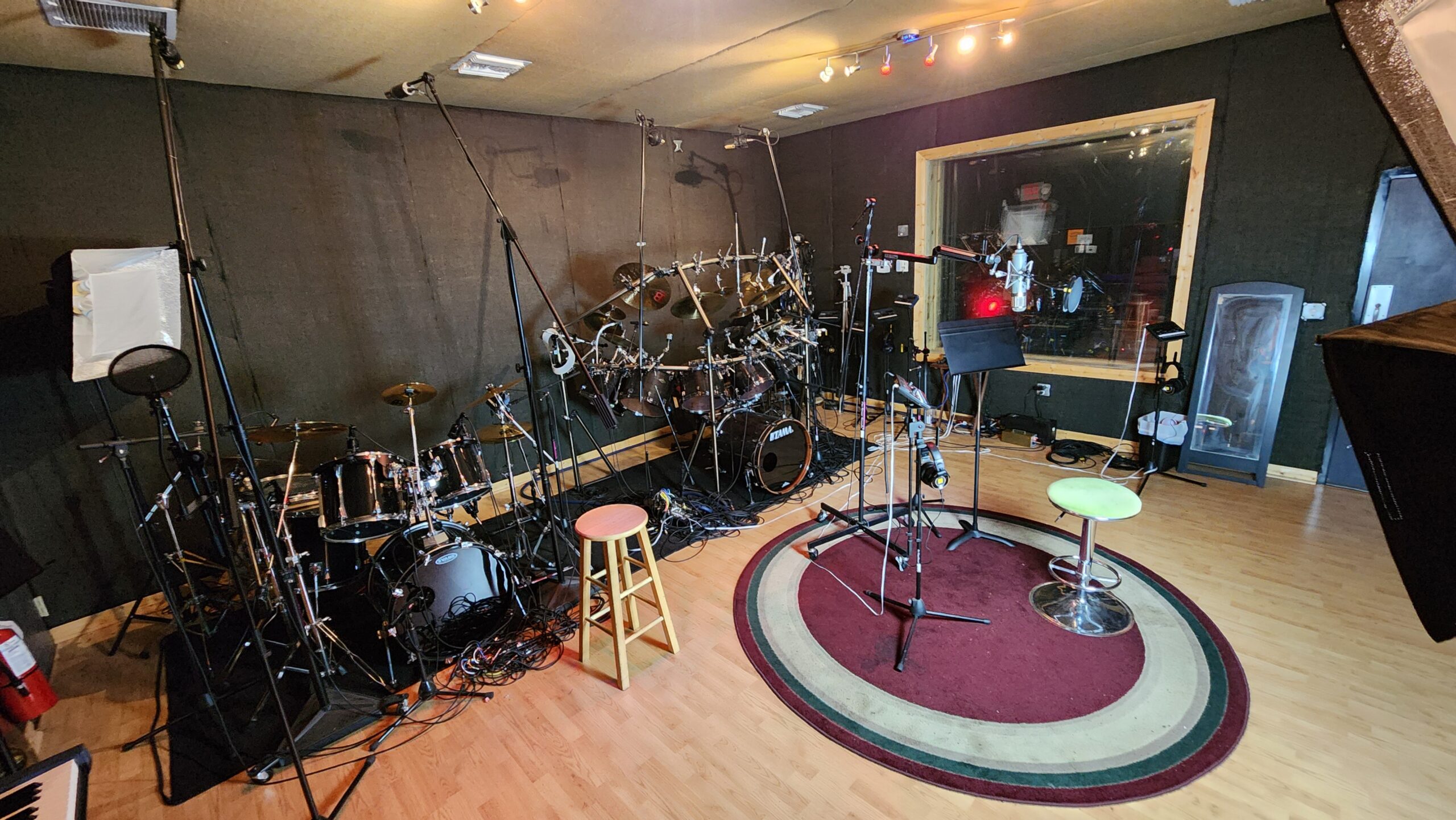What is it? This term is widely misused. The MASTERING is the last part of the project that pulls the sound together. It’s the part that makes the MIX, although already sounding crystal clear and every part – vocally and instrumentally – being heard in all of its glory, a cohesive entity. It kind of puts the gloss coating on the audio and the “glue” – so to speak – so that now your mix sounds like one big giant song instead of a bunch of different instruments and voices thrown together. We are also a true mastering house – not just a recording and mixdown studio. We don’t just throw an EQ and a LIMITER, or COMPRESSOR, or even the latest LOUDNESS MAXIMIZER plugin on your mix to make it louder and call it a day. That is not true MASTERING.
From a technical standpoint, MASTERING is the overall Equalization (EQ), Compressing (multiband compression) and Limiting of your stereo mix. No more are we tweaking individual elements of your MIX, eq-ing the kickdrum or putting extra reverb on the vocals. Now we are applying dynamic and non-dynamic effects to the entire STEREO MIX and treating it as a whole.
Through this process, the resulting MASTERING mix will have more presence, more punch, more volume and translate way better to every playback system; car, boombox, PA system, etc., than a MIX.
* Please note that when supplying songs to INSANE SOUNDS to get mastered, do not put any compression or limiting or volume maximizer on the outputs of your mix. This decreases the dynamic range of your MIX drastically and substantially reduces the amount of audio trickery and manipulation INSANE SOUNDS or any mastering facility can do to enhance your track(s).
Often times we convey to clients issues we hear in their finished MIXES they send in for MASTERING (this does not happen in projects recorded here at INSANE SOUNDS!) Let’s say a certain instrument is just too loud, or an adlib or vocal line is not tuned right, the wrong timing or is too low or too high. This is something that would need to be handled in the MIX. To bring up an analogy, it would be like trying to take a little sugar out of an already baked cake that in the end was just too sweet. In the situation above, we would recommend that the customer bring in the STEMS or ProTools Session with all of the separate instrumentation and vocals so that we can tweak problematic issues – or of course have the original engineer make those adjustments before we proceed with MASTERING.

